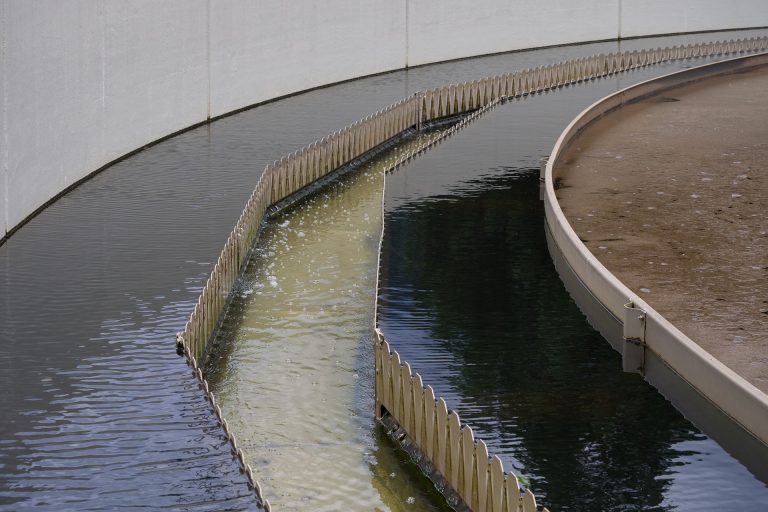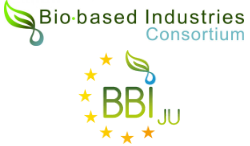Silvia Doñate Hernández, DAM
Microplastics are an increasing problem. They can be found in a number of cosmetic and personal care products, but one of the main sources is textile washing, which dumps large amounts of synthetic microfibres to the wastewater. About 37,000 microplastics particles are estimated per m3 wastewater. Then, sewer systems transport these particles into the municipal waste water treatment plants, which are highly efficient barriers, preventing microplastics from entering aquatic ecosystems. 70 – 80% can be removed during the treatment process, however, it means that this load goes to sewage sludge streams.
Therefore, microplastics are obviously present in waste water treatment plants, and measures should be taken to eliminate them and prevent them from re-circulating into fresh water. In a review of findings on microplastics in freshwater and drinking water, published by World Health Organization (WHO), another concern was pointed out: chemicals that are associated with microplastics, such as monomers (unbound plastics precursors) or additives, should be considered as well.
Current strategies to remove microplastics
The issue of micro(nano)plastics is not new for the scientific community, but there are still many knowledge gaps about their formation, composition, size distribution, fate and potential effects. Analytical methods to detect and quantify them do exist, but are limited. In the case of particles in the size range above a few micrometres, some methods already exist, but the quality, reproducibility and comparability of the data obtained is limited by a lack of harmonisation and validation of the applied methods. For particles of smaller size, below a few micrometres and down to the nano size range, there are no established methods available for routine detection and quantification.
How ENZYCLE contributes to an improvement
Within ENZYCLE, we want to apply a system for the separation of microplastics that has proven to be very effective and separates more the 87% of microplastic, smaller than 150 microns. For the biodegradation, bacterial strains that are capable of degrading microplastics are included in a biofilter. So far, 77 strains have been isolated that are applicable in waste water treatment plants. The next step within ENZYCLE will be to use previous information and to develop an upgraded biofilter by using enzymes instead of bacteria.
This approach promises to be more time- and cost-efficient for the removal of microplastics from waste water treatment plants and to convert them to monomers that are easily recyclable.
In addition, we will evaluate the possibility of potential synergies of these enzymes in wastewater and waste treatment.




